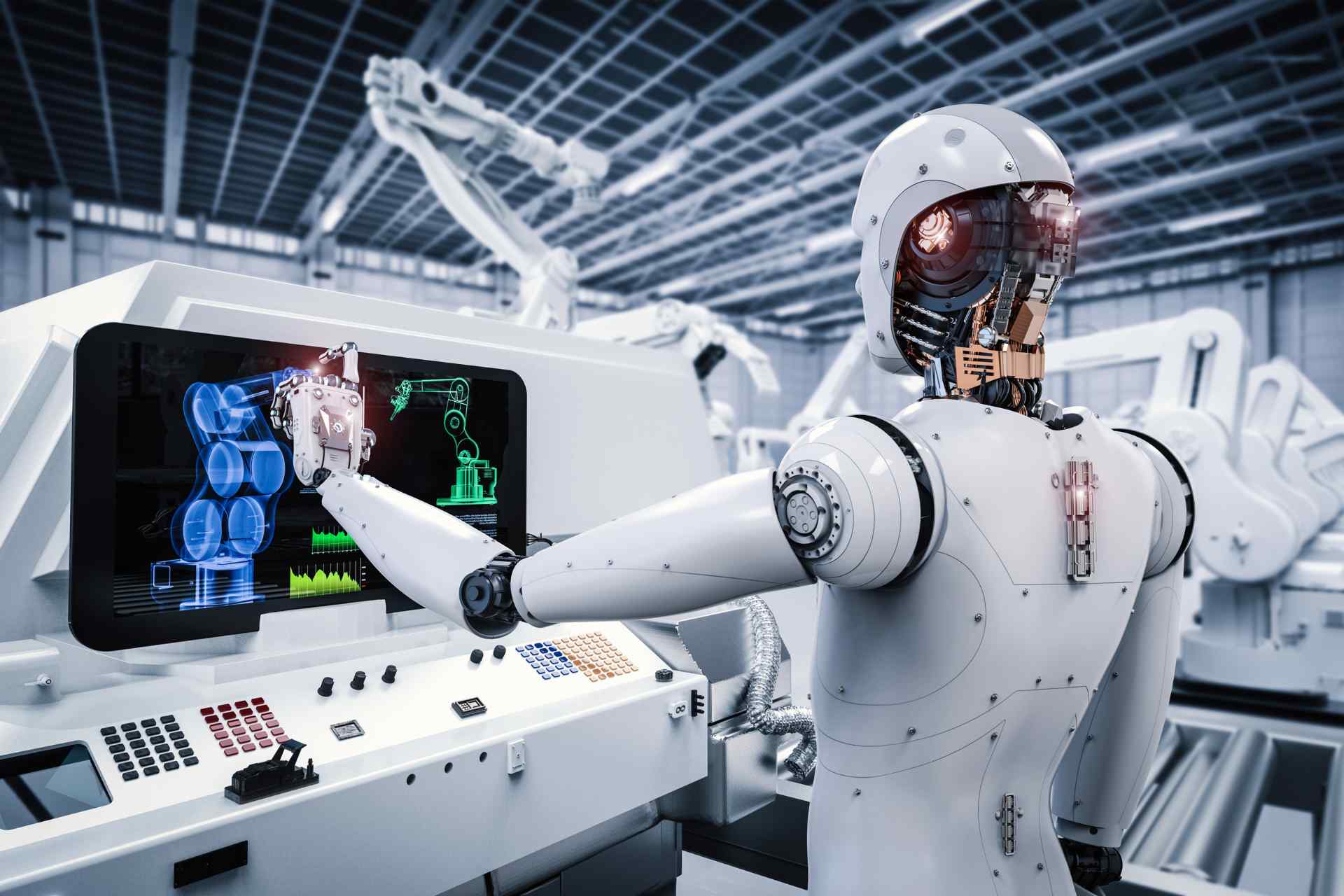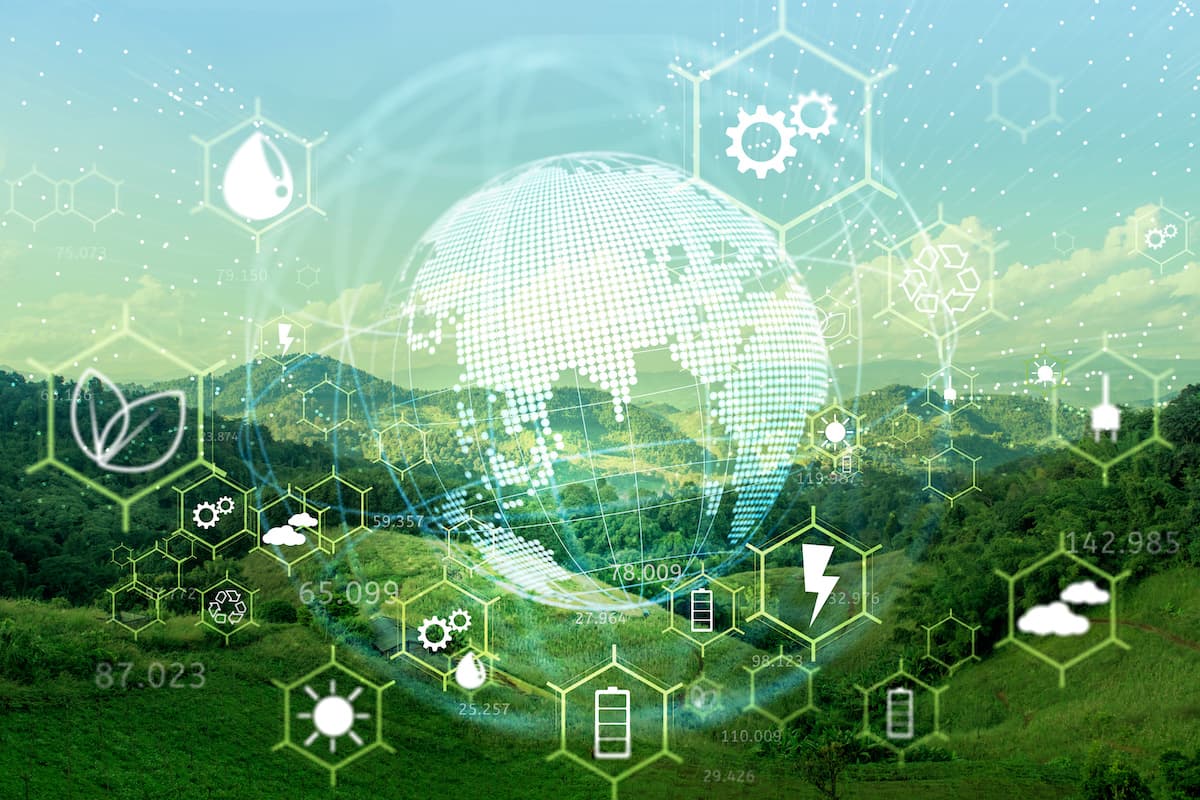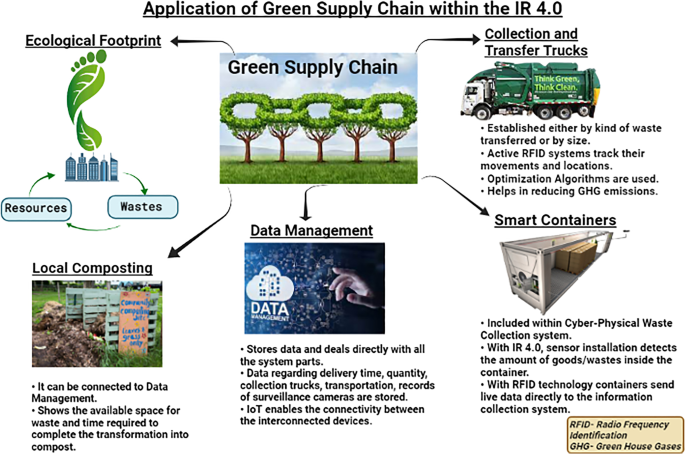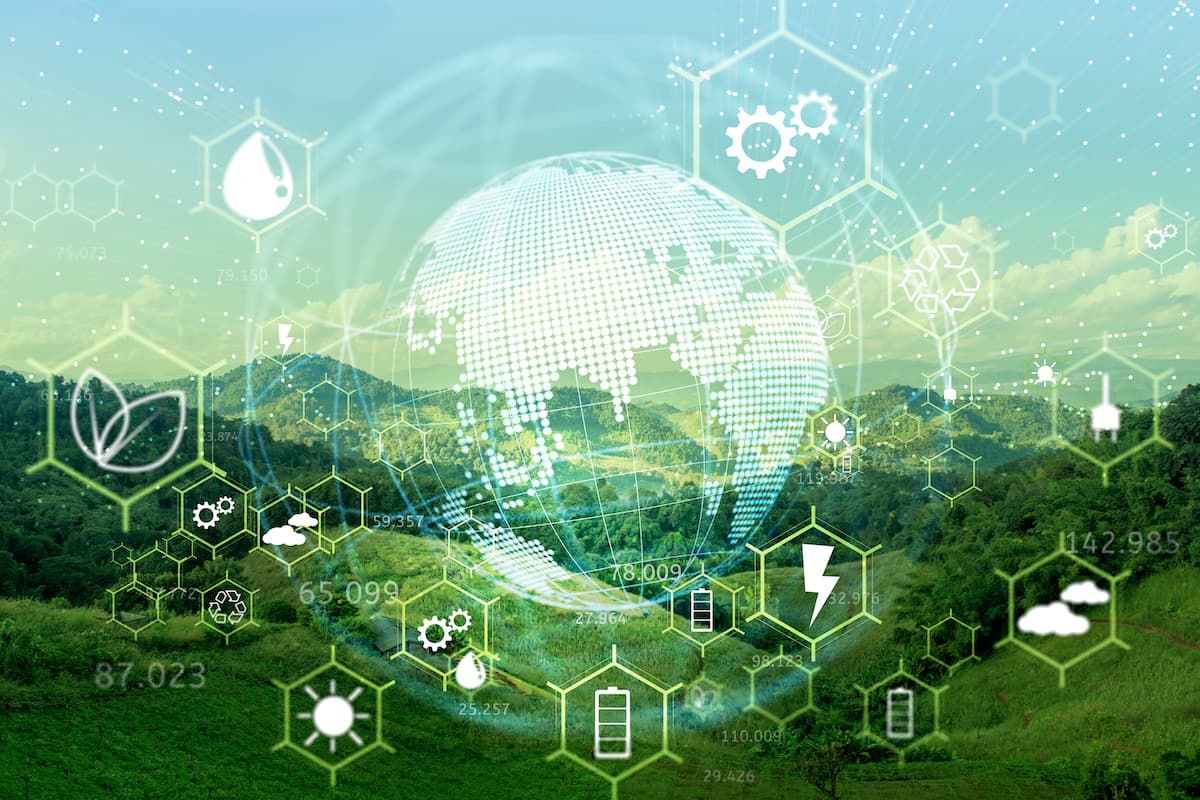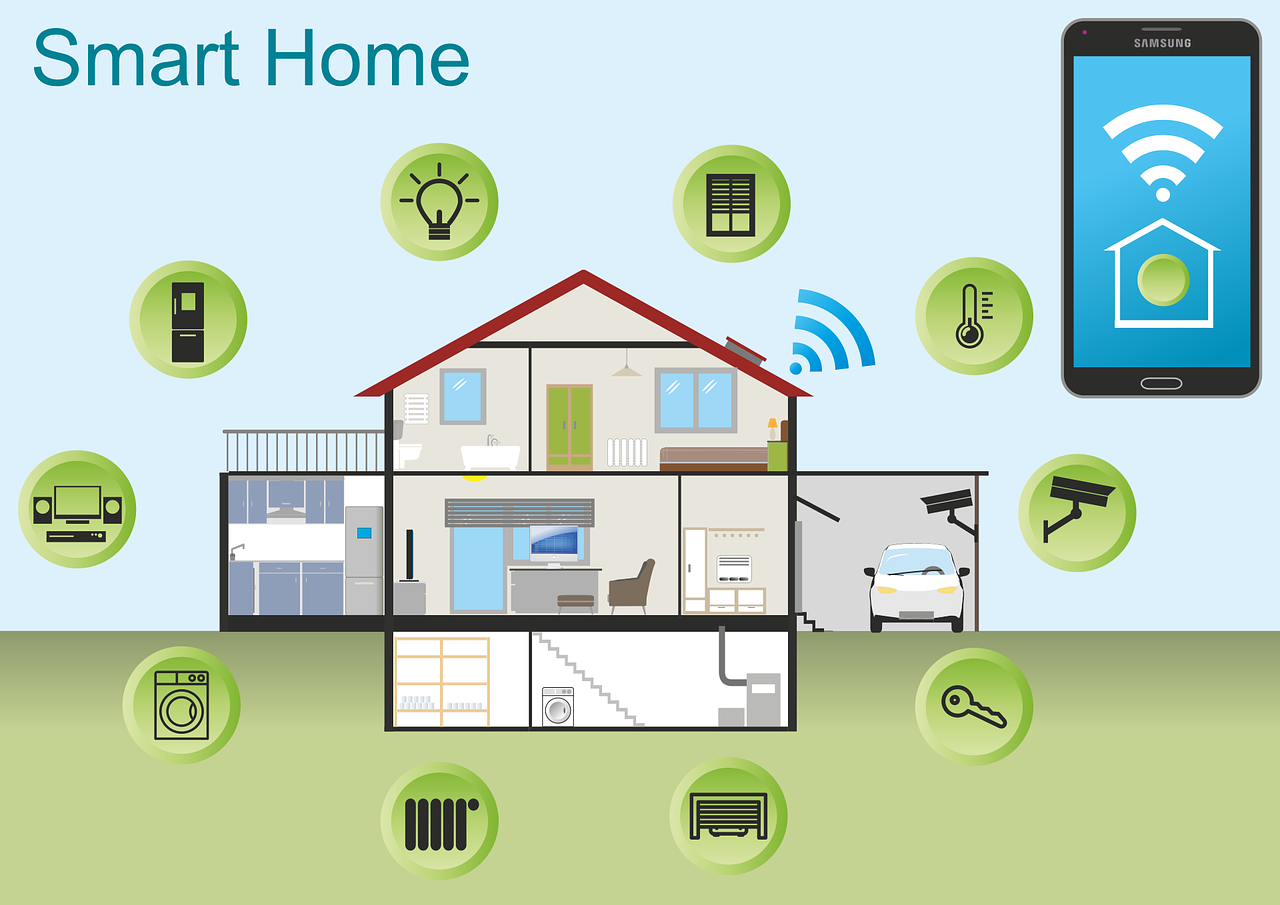Artificial Intelligence (AI) is a rapidly evolving field that has tremendous potential to revolutionize the way we live, work, and interact with the world. As a technology and gadget enthusiast, you may be eager to explore the possibilities of AI in your work or personal life. However, getting started with AI can be a daunting prospect, especially if you’re not familiar with the concepts and tools involved.
In this guide, we’ll provide a basic overview of AI, highlight some of its most promising applications, and suggest resources and tools you can use to get started with AI development and experimentation.
What is Artificial Intelligence?
Artificial intelligence (AI) is a field of computer science that focuses on creating intelligent machines that can learn from experience, reason, and make decisions similar to those made by humans. AI encompasses a broad range of techniques and tools, including machine learning, deep learning, natural language processing, and computer vision.
AI is already having a significant impact on various industries, from healthcare and finance to transportation and manufacturing. Some common examples of AI applications include voice assistants, recommendation systems, autonomous vehicles, and fraud detection systems.
What are the Applications of AI?
1. Natural Language Processing (NLP)
NLP is a subfield of AI that deals with the interaction between humans and computers using natural language. Some examples of NLP applications include virtual assistants like Siri and Alexa, chatbots, and language translation tools.
2. Computer Vision
Computer vision involves teaching computers to interpret visual data from the world around us, such as images or video. Some common applications of computer vision include facial recognition systems, object detection, and autonomous vehicles.
3. Machine Learning
Machine learning is a technique that allows machines to learn from data without being explicitly programmed. This opens up a range of possibilities for AI applications, from personalized recommendation systems to predictive analytics and fraud detection.
How to get started with AI?
1. Learn the basics of AI
There are plenty of online resources available to help you learn the basics of AI. Some places you can get started include Udemy, EdX, Coursera, and Kaggle.
2. Choose a programming language
To get started with AI, you’ll need to learn at least one programming language. Python is a popular choice among AI developers due to its simplicity and ease of use, but other languages like R or MATLAB may also be suitable depending on your project requirements.
3. Select an AI Framework
An AI framework is a software library that provides a set of tools and algorithms for developing AI applications. Some popular AI frameworks include TensorFlow, PyTorch, and Keras.
4. Build and Train an AI Model
Once you have selected a programming language and an AI framework, you can start building and training your AI model. Depending on the nature of your project, this could involve gathering and preprocessing data, defining the architecture of your model, and fine-tuning the model weights using various training techniques.
Conclusion
Artificial intelligence is a rapidly evolving field with enormous potential for innovation and impact. As a technology and gadget enthusiast, you can play a vital role in unlocking the possibilities of AI by learning the basics, choosing the right tools and frameworks, and experimenting with various applications and models. With a little bit of dedication and effort, you can explore the frontiers of AI and help shape the future of this exciting field.







